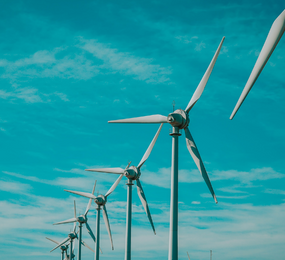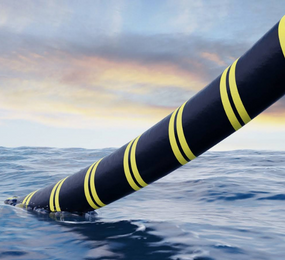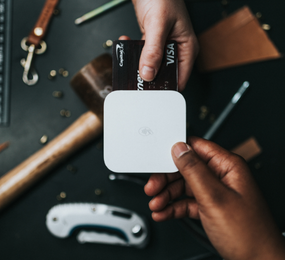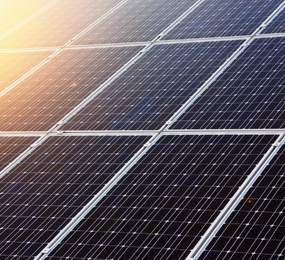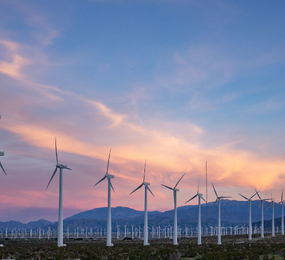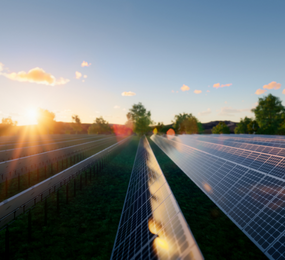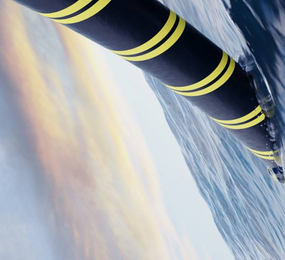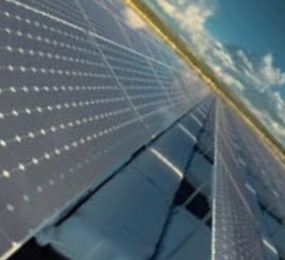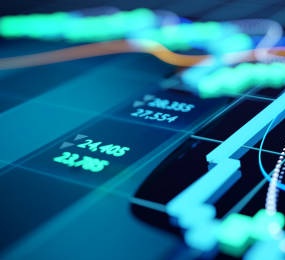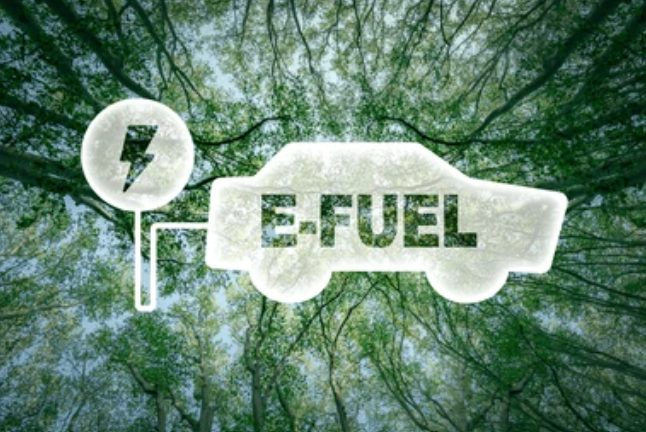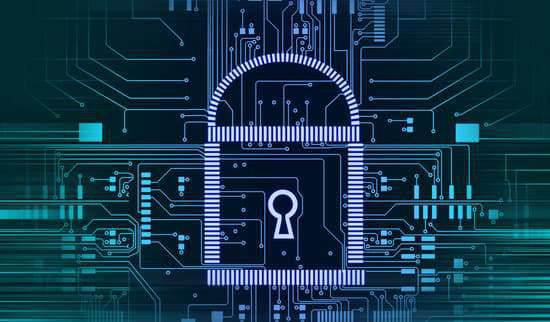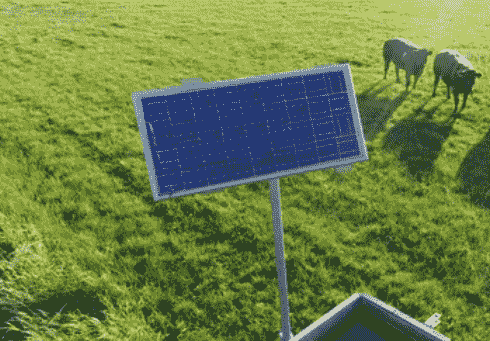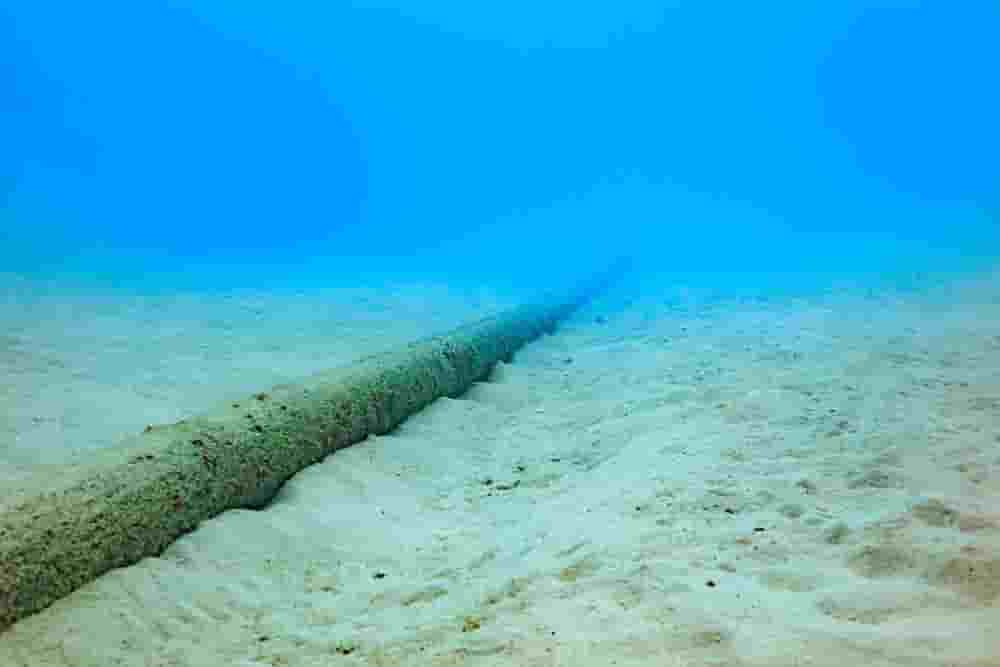The globe's fight to meet net-zero carbon emission by 2030 is taking energy transition to clean and sustainable energy sources at a fast rate. The socioeconomic demand for renewable energy is constantly accelerating as the use of fossil fuels and coal is no longer feasible. As the need and use for renewable energy increases across the globe, the need for Submarine power cable also grows exponentially due to the irreplaceable part it plays in the interconnection of power grids from long distances. Submarine cables can connect through power grids from different countries as fast as the wind, wave, and tidal power transmission is concerned. The submarine power cable market is continuously making headway due to an upsurge in its demand in recent times.
As the market continues to increase, the cost of cable repairs and cable faults also rises. If there is a decline in product quality Of Submarine power cables, this will cause huge damage losses.
According to reports by Gcube insurance, subsea cables caused 77% of total global losses in Offshore wind projects handled in 2015. The repair costs for these submarine power cables are huge and need urgent attention.
Overview Of Submarine Power Cable Failure
Subsea power cable failure is a high rising issue usually encountered in wind farm operations and other offshore power farms. As there are foreseeable offshore wind energy adaptation and the energy sector advances in technology innovations. There is an urgent need to adapt to a more reliable subsea power cable so that cost of production and maintenance will reduce in the wind energy sector. This will help draw more investments and generate massive revenues in the future.
According to 4Coffshore, approximately 4600 subsea cables are in use globally and around 10 incidents occurrences from the 4600 have been recorded yearly, as a result of an average cable downtime of 100 days. 90 subsea cable failures occurred amounting to over EUR 350 million in insurance claims for the past 7 years.
Major Causes of Submarine Power Cable Failures
The negative impacts caused by the failure of subsea power cables are very important to eliminate as the use of offshore power grids is massively increasing and improving. The causes of Submarine power cable failures can be classified and placed in five categories namely; Installation, transportation, manufacturing, operation, and environment. Poor installation and operations cause about 33% of cable failures as it is very rampant in the industry although manufacturing errors take about 50% of the cable failure occurrence which is the highest and needs urgent attention. Most times, manufacturing errors cannot be detected if made and it affects the cable design and technology as a whole. Other examples like electrical faults, thermal errors, mechanical faults, ambient issues, aging of the cable as well as fishing activities are paramount factors of subsea cable failures. Worthy to note, there are cases where the cause of Subsea cable cannot be determined.
How to Reduce Submarine Power Cable Failure
-
Monitoring and Early Reporting
An effective monitoring and reporting system is very important in the industry as it is used as a signal method to know when there are impending dangers and avoidable issues. Early detection is the most crucial factor when dealing with Subsea cable failures. If the cause of submarine power cable failure is detected and known, it will help to avoid a lot of repair costs in the future. For monitoring, the C-kore tool can be used to reduce usual drags and lapses and it is highly efficient when compared to conventional monitoring tools as it brings in results faster and easier.
-
Cable Design and Technology
There are emerging innovations in cable technology, for instance, an aluminum conductor is used instead of its copper counterpart. It is cheaper and also more efficient when used for subsea power cable production. Additionally, there are two main ways for power transmission of huge quantities of electricity over long distances. Which are; high voltage alternating current (HVAC) and high voltage direct current (HVDC). High voltage officiates high power transmission for long distances. The higher the voltage, the lower the transmission losses. Although the type of conductors used, the length of cable, the cross-sectional line, and the current type all play determinant roles in this regard. However, it is worthy to note that HVDC cables are considered more efficient than HVAC regarding their mechanisms. This includes the use of less material ( as it tends to use one power line for electric transport) whereas an HVAC link needs up to three powerlines to serve the same purpose. Also, in the areas of power transmission and space usage. Additionally, HVDC possesses potential as technology evolves and new materials emerge, as there is a huge need to cover longer distances in the energy systems.
-
Prompt Repairs
Prompt repairs are good to avoid further damage. Once a cable is faulty, it is good to work on it as soon as possible to avoid downtimes. There are a lot of professional firms that are good with repairs and inspection.
-
Increasing Cable Lengths
One of the major causes of subsea power cable failure is joint-resultant. When the cables are long enough it reduces the number of joints thereby cutting costs and minimizing error during installations.
The cause of subsea cable failures is mostly man-made which absorbs about 80% of the insurance fund alone to repair. Repair and maintenance of submarine power cables is a different game entirely as it is cost consuming. In conclusion, Better innovations in techniques and tools are urgently needed to avert most of the submarine power cable failures usually encountered in the industry as it has a ripple effect not just on the submarine power cable industry but also on other dependents like offshore wind, wave as well as tidal power farms which needs to stop.
Want to know more? The 2nd Annual Submarine Power Cable and Interconnection Forum aim to provide participants with cutting-edge information on the hot topics trending in the submarine power cable market and how to navigate some critical challenges that are projected in the Submarine power market worldwide. This summit will also serve as an avenue for expert interactions and product exhibitions as key industry players will be available.
Join us as we promise to give you foresight and first-class packages in the development of the Submarine power cable and Interconnection community.
To request the agenda please send the request to Leadvent Group via email.
For more information and group participation, contact us: [email protected]


